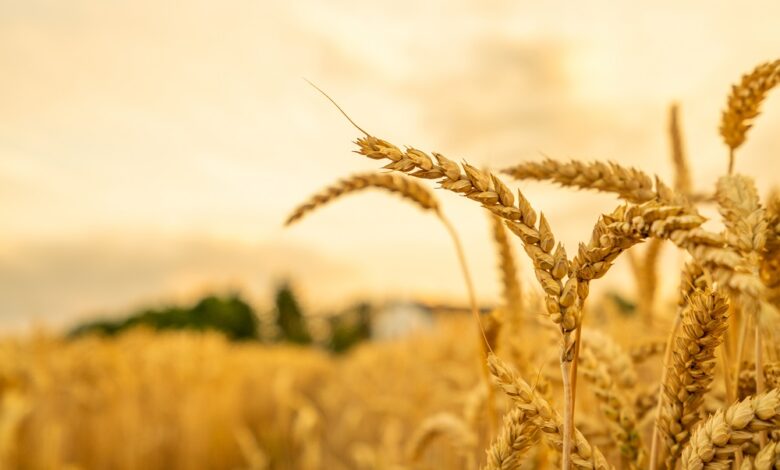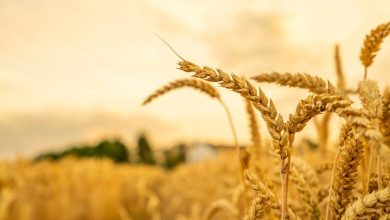Gaining health with wholemeal flour; is it a risk or does it seek health and safety?
Mr. Seyedmorteza Sanadizadeh, CEO of Javaneh Shushtar Flour Mill, Presented

The topic of dark and light flours is a perennial global debate. Proponents of dark flour believe in the presence of micronutrients in wheat and its husk, and proponents of light flour believe that these micronutrients are not enough to enrich people’s tables. So it is better not to risk contamination.
Wholemeal flour is a type of flour that is obtained by converting all parts of whole wheat. In this regard, partial parts of whole flour should be separated from wheat. According to Iran’s national standards number 103, the following 4 characteristics are significant for wholemeal flour.
The first characteristic of the ash of wholemeal flour is that the maximum ash of wholemeal flour should be 1.5%, which means a maximum of 97% of flour extraction. That is, according to the 1.8 to 2% ash of wheat, it can be concluded that parts of wheat that have high ash should be separated from the process.
The second point is that the minimum protein of wholemeal flour is set at 12, and in our country, the average protein throughout the country is around 10 to 11, which has created contradictions.
Third, the maximum moisture content of 12.5% is completely reasonable due to the presence of bran in wheat and its enzymatic activities.
The interesting thing to note about the fourth characteristic is that 70% of the grain size of this flour is classified under 180 microns based on the 103 standard, and 40% of it is less than 125 microns. Therefore, wholemeal flour is included in the category of soft flour, and it is not classified as rough and dark flour that reaches people.


